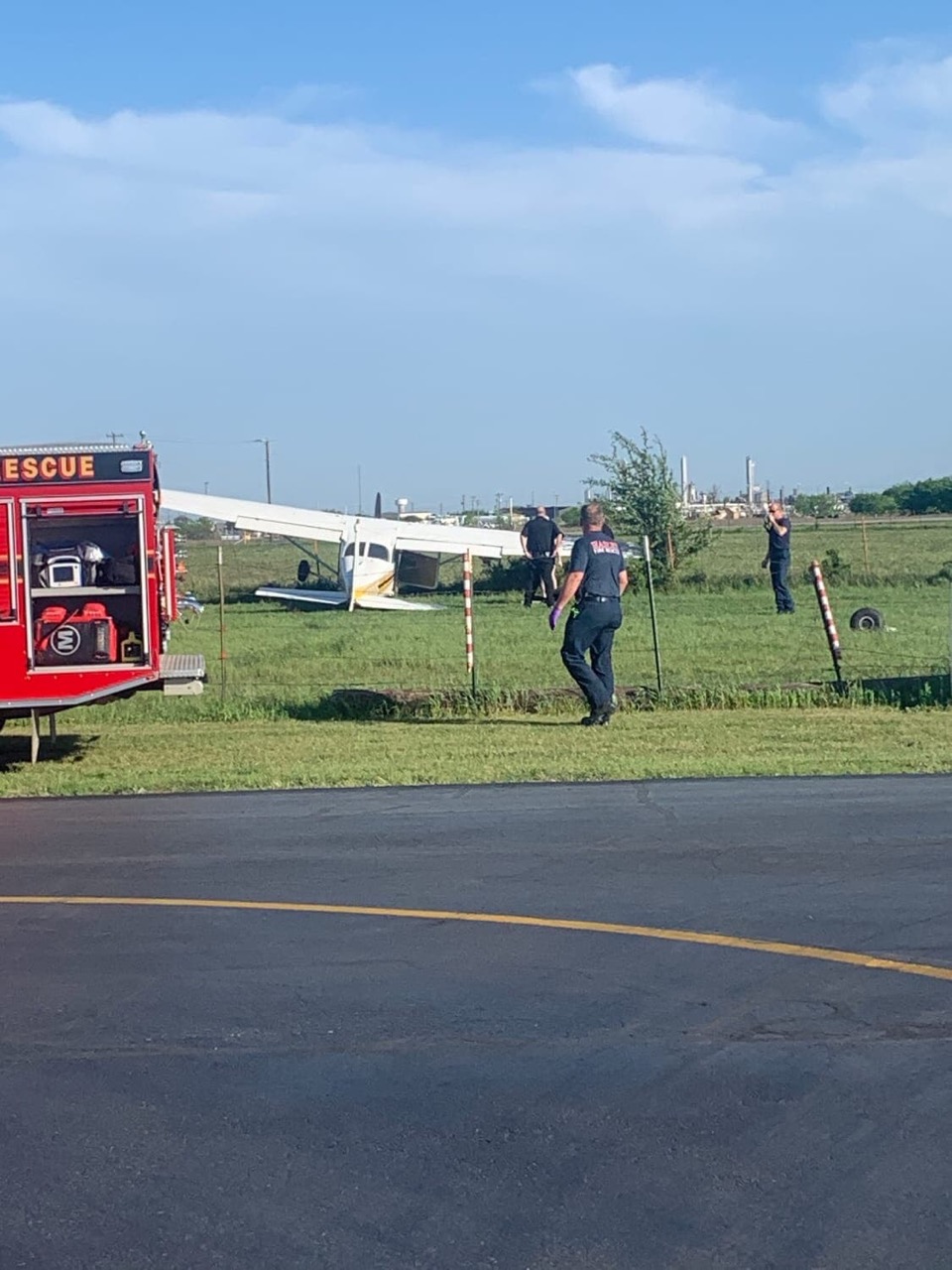
ASN Wikibase Occurrence # 235418
This information is added by users of ASN. Neither ASN nor the Flight Safety Foundation are responsible for the completeness or correctness of this information.
If you feel this information is incomplete or incorrect, you can submit corrected information.
| Date: | Wednesday 22 April 2020 |
| Time: | 17:55 LT |
| Type: |  Cessna 172M Skyhawk |
| Owner/operator: | Private |
| Registration: | N13005 |
| MSN: | 17262440 |
| Year of manufacture: | 1973 |
| Total airframe hrs: | 15013 hours |
| Engine model: | Lycoming O-320-E2D |
| Fatalities: | Fatalities: 0 / Occupants: 2 |
| Aircraft damage: | Substantial |
| Category: | Accident |
| Location: | Hicks Airfield, TX (T67) -
 United States of America United States of America
|
| Phase: | Landing |
| Nature: | Ferry/positioning |
| Departure airport: | Weatherford-Parker County Airport, TX (WEA) |
| Weatherford-Parker County Airport, TX (WEA) | |
| Investigating agency: | NTSB |
| Confidence Rating: |
The flight instructor reported that he and the student pilot were prepared to land on runway 14 with partial flaps and reported wind from 190° at 17 knots. When they turned onto final approach, the instructor noticed that the airplane was too high and not aligned with the runway and that the airspeed was high. As the airplane approached the touchdown point, it encountered turbulence. The instructor took control of the airplane and executed a right-wing-low partial slip. The airplane touched down halfway down the 3,740-ft-long runway with a high ground speed. The instructor applied the brakes, and the wheels immediately locked, so he released the brakes and then tried reapplying them; however, the airplane did not decelerate. The airplane overran the runway and struck several airport lights and then traveled through two barbed-wire fences. The right main landing gear separated, the left main landing gear collapsed, and the fuselage and horizontal stabilizer sustained substantial damage. After the instructor and student exited the airplane, they noticed that the windsock indicated that they had landed with a strong quartering tailwind. The instructor said that the accident was due to the "undetected shift in wind direction - from a quartering headwind to a quartering/direct tailwind" and he and the student's incorrect decision to continue the approach and landing when the airplane was not stabilized.
Probable Cause: The student pilot's failure to maintain a stabilized approach and the flight instructor's delayed remedial action to initiate a go-around, which resulted in a runway overrun and impact with runway lights and fences.
Accident investigation:
 |
|
Sources:
https://flightaware.com/live/flight/N13005/history/20200422/2243Z/KWEA/L%2032.93705%20-97.41708
NTSB CEN20CA154
Location
Images:

T67 Rey 32

Photo: FAA
Revision history:
| Date/time | Contributor | Updates |
|---|---|---|
| 23-Apr-2020 07:07 | Nazpilot | Added |
| 23-Apr-2020 07:09 | harro | Updated [Aircraft type, Cn, Operator, Other fatalities, Location, Departure airport, Destination airport, Source, Narrative] |
| 23-Apr-2020 11:24 | Petropavlovsk | Updated [Damage] |
| 26-Mar-2021 14:31 | ASN Update Bot | Updated [Time, Other fatalities, Nature, Departure airport, Destination airport, Source, Narrative, Category, Accident report] |
| 26-Mar-2021 14:39 | harro | Updated [Source, Narrative, Photo] |
Corrections or additions? ... Edit this accident description
The Aviation Safety Network is an exclusive service provided by:


 ©2024 Flight Safety Foundation
©2024 Flight Safety Foundation